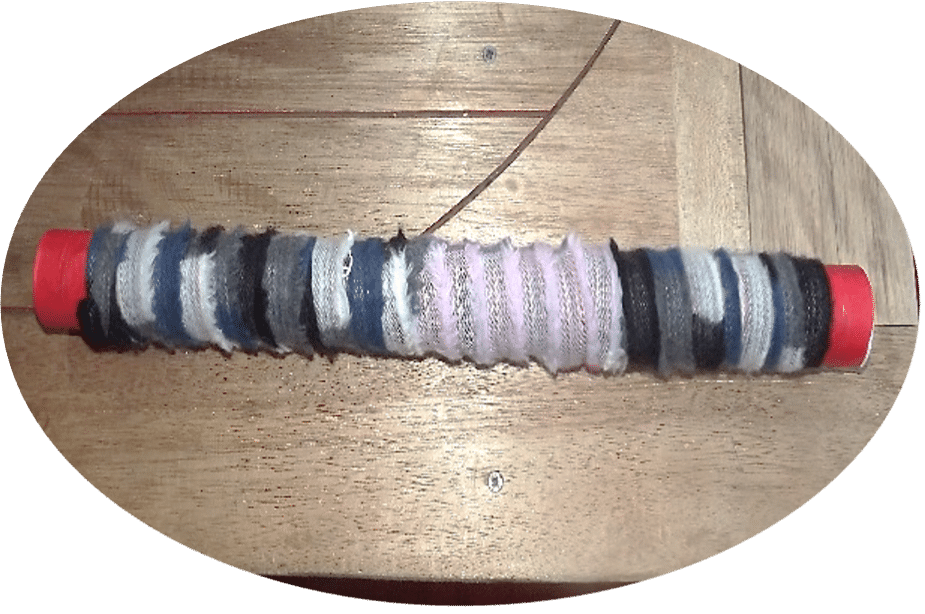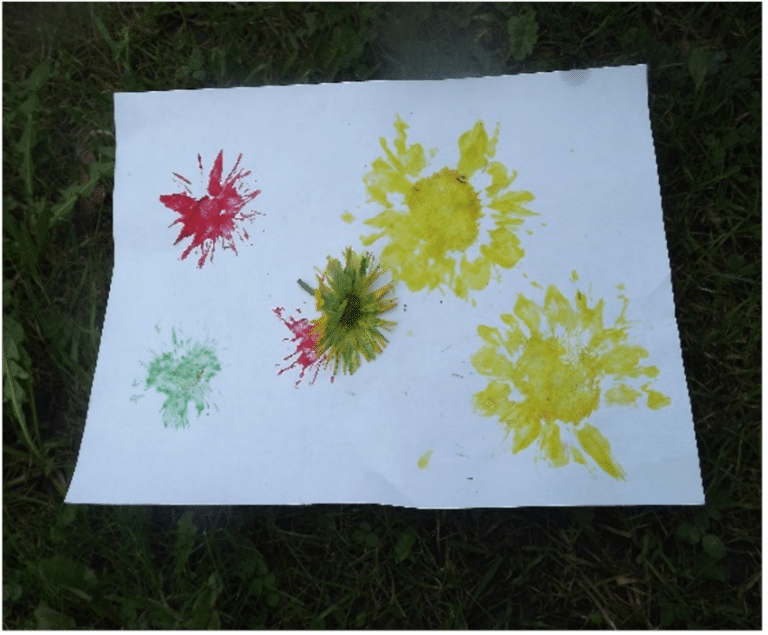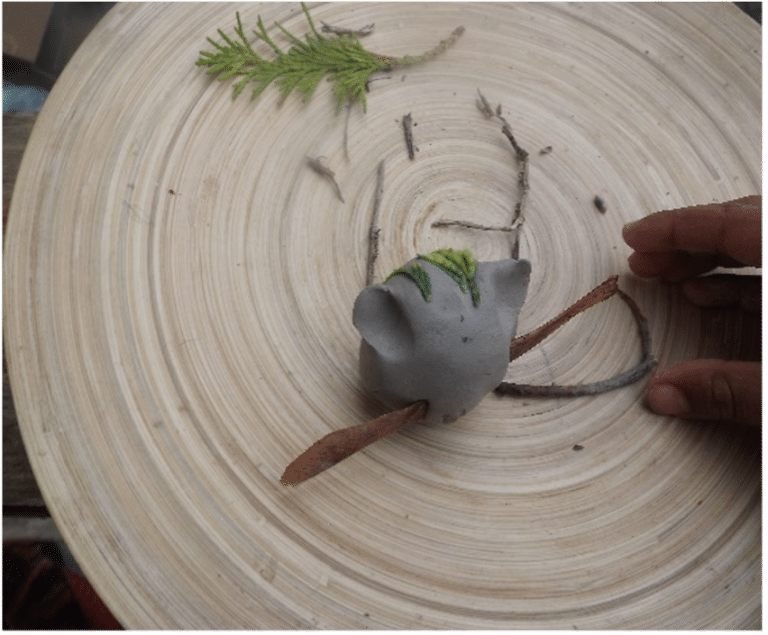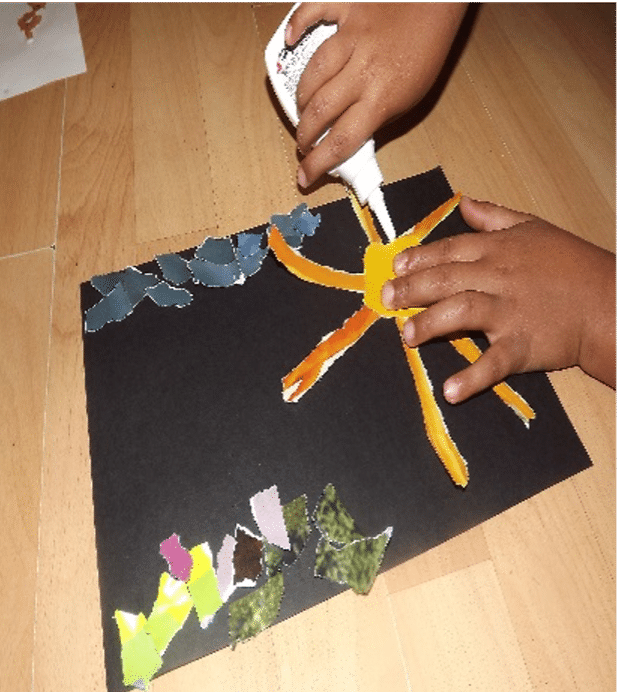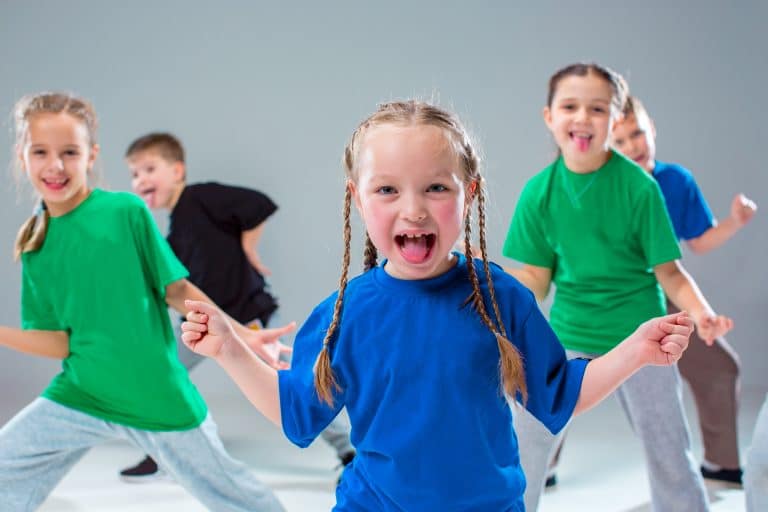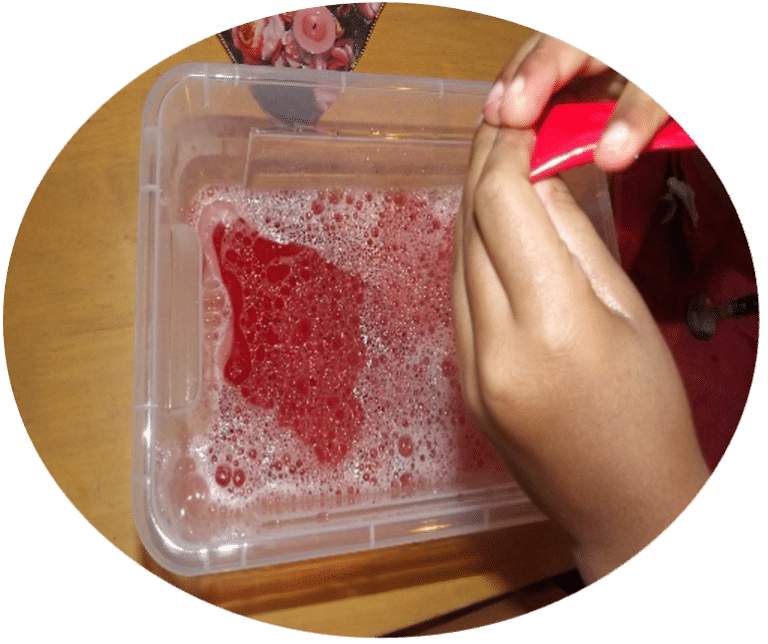There is so much to discover when we take risks!
Materials
- Cardboard Pipe, Fabric and Sellotape
- Nails or Screws
- Screw Driver or Hammer
- Pulses or Grains
- Paint or Fabric to decorate the Rainmaker
Learning Goals
- Provide opportunities for children to create a whole project that can be used to play
- Experiment with various materials
- Motivate children to work together and help each other
- Work with real tools in a safe environment and learn through construction play
Process Description
Step 1
Explain the learning opportunity to the children, show images of rain makers and explain where rainmakers come from (see below for more information). Let’s plan together: allow the children to plan what steps they need to take to create the rainmaker. Close one side of the pipe with a piece of fabric and Sellotape
Step 2
An adult need to poke many holes into the pipe (spiral form)
Step 3
The child can screw/hammer the screws/ put nails into the holes, while another child is holding the pipe
Step 4
encourage the children to choose two types of fillings for their rainmaker. Fill the rainmaker with their chosen fillings (i.e. pulses, seeds, grains or rice) to (1/4) of the pipe.
Step 5
Finally, the second opening should be closed with a piece of fabric and Sellotape. The rainmaker can be decorated with fabrics or paint. What sound does the rainmaker make, when shaken.
Adaptation: The History of Rainmakers
The rainstick is believed to have been invented by the Mapuche and was played in the belief it could bring about rainstorms (Source).
Adaptation
Letting children write down all the materials needed and steps to be taken to create a Rainmaker. Learning about the history of the Rainmaker and original use of it or practicing a story and include the sound of the Rainmaker.
Reflective questions
- What could have been better?
- How did I scaffold children’s learning?
- Could I have adapted the learning opportunity to reflect all children’s needs, abilities and interests
Looking and responding
Start by asking the children to describe what they see. Draw attention to details. What sounds do the rain makers make when shaken? What do they notice?
Author Bio

TeachKloud is a cloud-based management platform for early childhood educators and parents!
